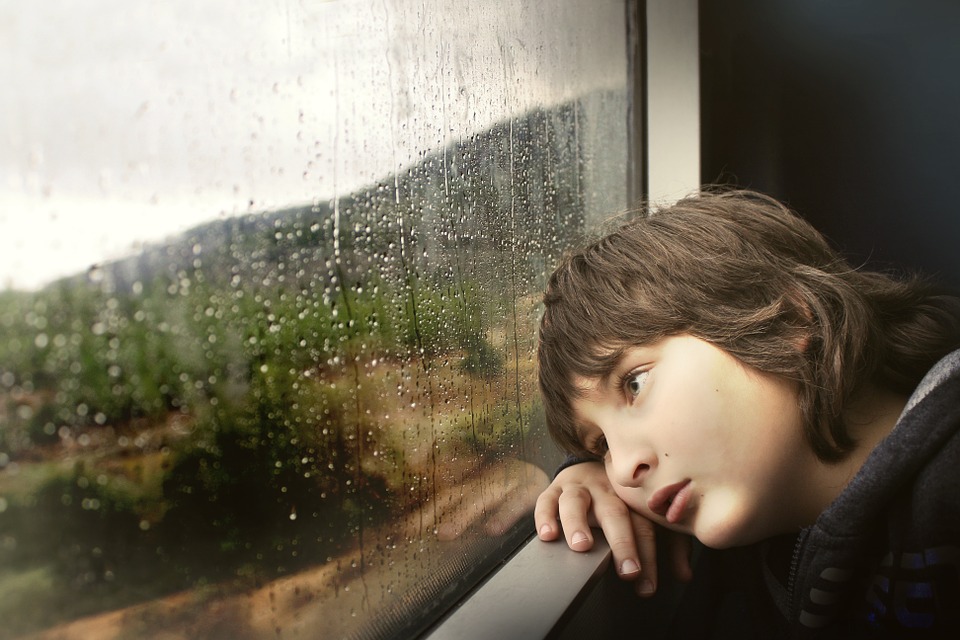ER Visits For Child Mental Health Increased During Pandemic
More children visited the ER with reports of mental health crises than before the pandemic, furthering concerns for youth.

The full effects of pandemic stress are still just being discovered. While many adults struggled with addiction and mental health problems throughout lockdowns, children were most affected. Unprecedented changes were quickly instituted that drastically altered the lives and development of young minds. While babies and toddlers displayed developmental delays, children and teenagers struggled with anxiety, depression, and suicidal thoughts. A new report from the Academic Pediatric Association found that youth self-harm emergency room visits increased by 6.7% in Chicago alone.
The state of youth mental health has been a serious issue for the past few years as isolation and fear drove national youth suicide attempts to increase by 50% in 2020. School violence has gone up, as well as rates of chronic absenteeism. Many community efforts are being organized to provide children with more support.
Most recently, the state of New Hampshire has worked to help children’s summer camps partner with a network of mental health centers to train camp counselors to recognize the signs of mental distress. In addition, these facilities are also employing a mental health care professional on camp grounds to further aid any children who need extra support. This is expected to reduce self-harm incidents and improve campers’ overall interactions.
In Kentucky, HB 44 was recently passed to allow schoolchildren to be excused from class for mental health issues. Some districts are affording teachers this support as well, and even college campuses are now implementing new mental health days off. Instead of just being allowed sick days, many educational institutions are acknowledging the growing mental health needs of younger generations and those who teach them.
Last year, the American Academy of Child and Adolescent Psychiatry, the American Academy of Pediatrics, and the Children’s Hospital Association declared a national emergency in youth mental health, as did the US Surgeon General. Surgeon General Dr. Vivek Murthy noted that before the pandemic, 1 in 5 children suffered from mental issues and that this prevalence increased due to isolation from peers, extended family, and proper access to health care and social services. Although the underlying causes are being studied, finding solutions is the main goal.
Knowing that Chicago has experienced a significant increase in youth self-harm attempts indicates that the city needs to properly address the situation and offer more support to families and schools. Chicago is already struggling with high violent crime rates. Reports of gun violence in Chicago are released regularly despite the city’s strict gun laws, and some have connected the area’s mental health issues to this.

Chicago Mayor Lori Lightfoot recently extended yet another gun-violence-related curfew. Unfortunately, some reports display evidence that curfews increased juvenile gun violence, and so teens caught in cross-hairs have been asked their opinion on the subject. Although their suggestions vary, they all asked for more public community spaces and events for children. Instead of locking them away yet again, which contributed to the mental health national emergency during the pandemic, offering children and teens after-school programs, and more free spaces to enjoy life is likely to contribute to better mental health outcomes.
Whether the city will listen to these suggestions is unclear. What is known is that Chicago’s youth is struggling. Children and teens need more support and mentally healthy interactions in order to combat mental struggles.







